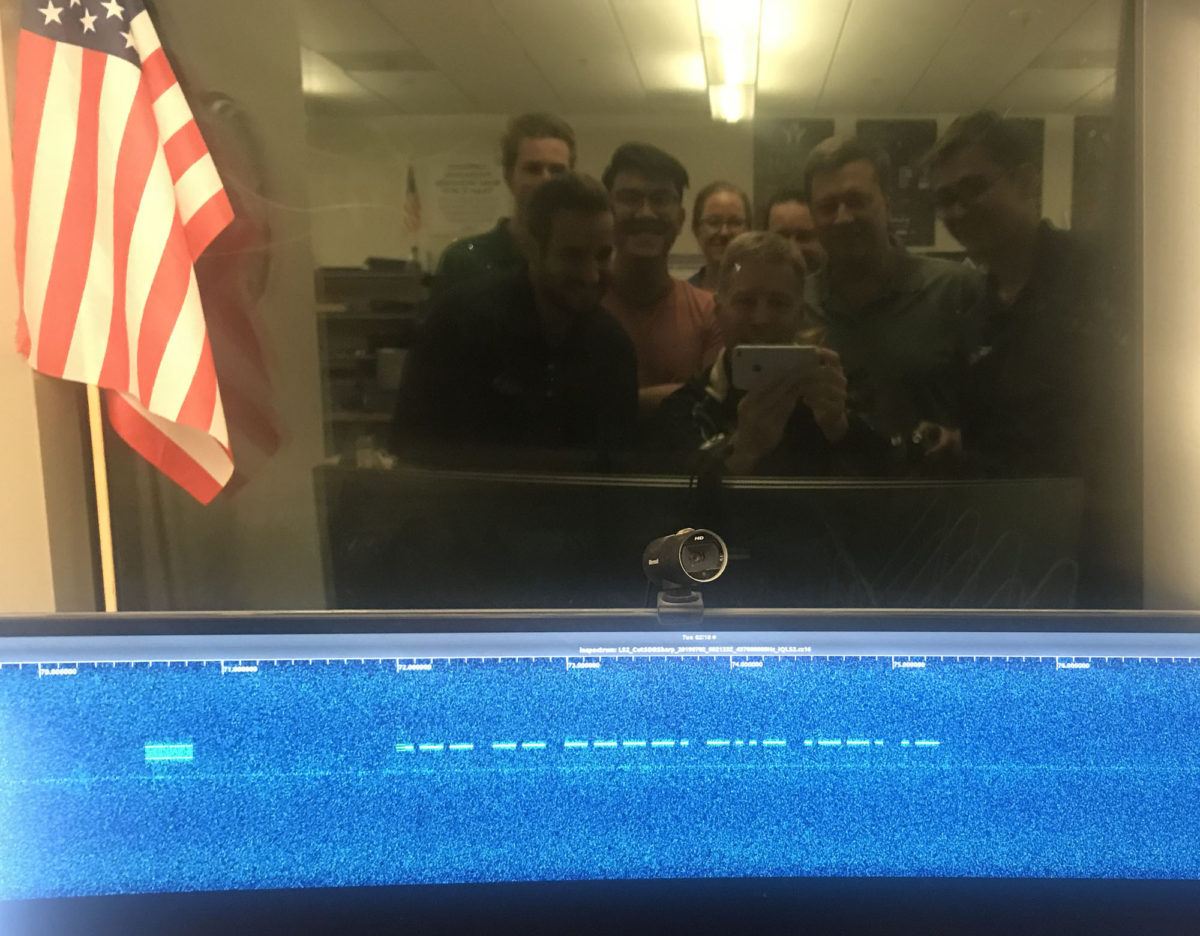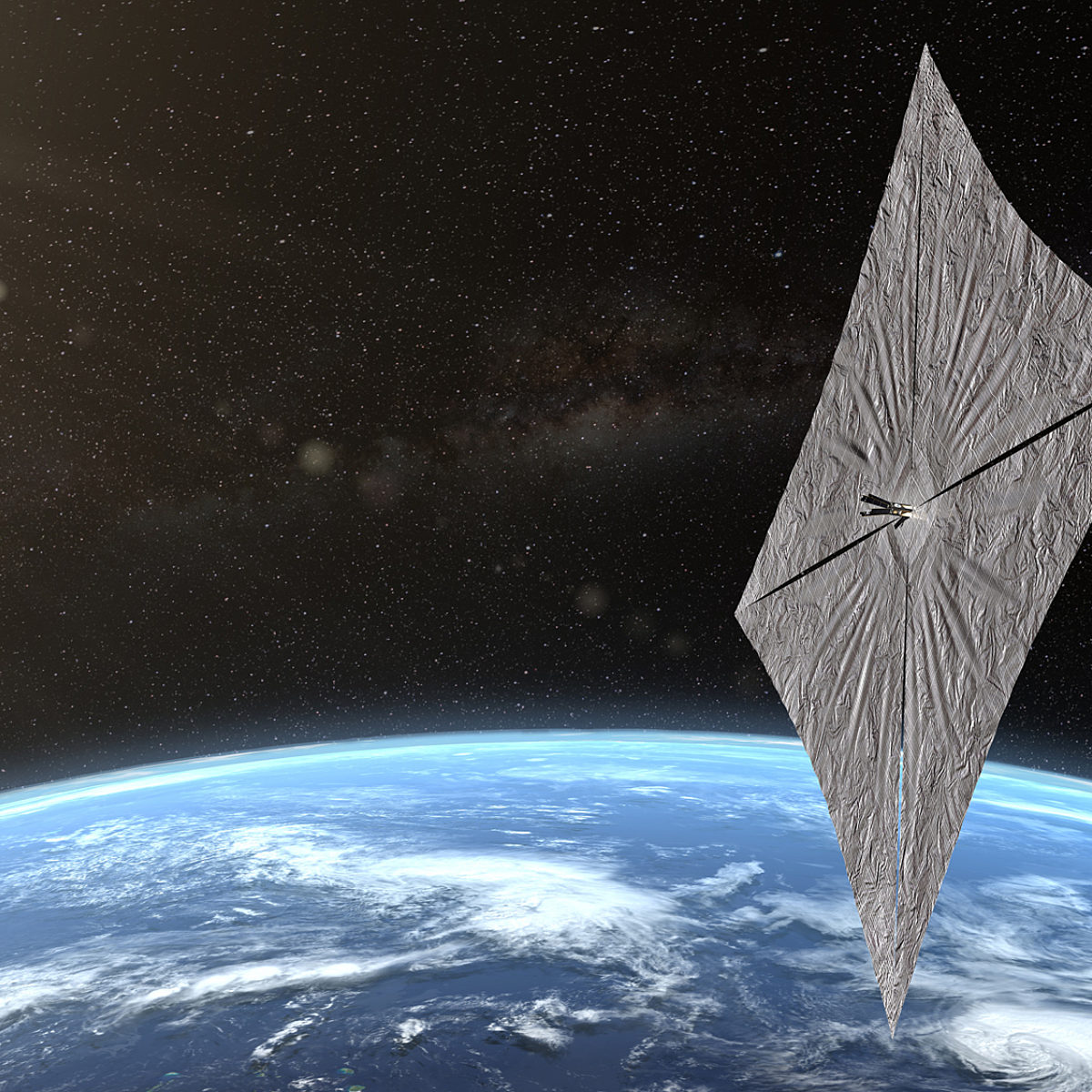Jason Davis • Jul 02, 2019
First Contact! LightSail 2 Phones Home to Mission Control
The Planetary Society's LightSail 2 spacecraft sprang loose from its Prox-1 carrier vehicle as planned today, and sent its first signals back to mission control at Cal Poly San Luis Obispo in California.
The CubeSat, about the size of a loaf of bread, was scheduled to leave Prox-1 precisely 7 days after both spacecraft successfully flew to orbit aboard a SpaceX Falcon Heavy rocket. Following deployment from its spring-loaded enclosure known as a P-POD, LightSail 2 deployed its radio antenna and began transmitting health and status data, as well as a morse code beacon indicating its call sign. The mission team received LightSail 2's first signals on 2 July at 01:34 PDT (08:34 UTC), as the spacecraft passed over Cal Poly.


“The Georgia Tech Prox-1 spacecraft did its job perfectly, delivering LightSail 2 to the desired orbit for solar sailing,” said LightSail 2 project manager Dave Spencer. “Receiving the initial radio signal from LightSail 2 is an important milestone, and the flight team is excited to begin mission operations.”
“We’re all very happy—after years of preparation, we are flying an operational spacecraft!” added Bruce Betts, LightSail program manager and Planetary Society chief scientist.

LightSail, a Planetary Society solar sail spacecraft
LightSail is a citizen-funded project from The Planetary Society to send a small spacecraft, propelled solely by sunlight, to Earth orbit.
More data collected during additional ground station passes today will be used to evaluate the health and status of the spacecraft. The next available opportunity for contact is 3 July at roughly 00:30 UTC (2 July at 20:30 EDT), when LightSail 2 flies over Georgia Tech.
The team will spend about a week checking out LightSail 2's systems, exercising the spacecraft’s momentum wheel, and taking camera test images before and after deployment of the CubeSat’s dual-sided solar panels. Following the successful completion of these tests, the team will deploy the 32-square-meter solar sail, about the size of a boxing ring. A time for the solar sail deployment attempt will be announced later.
The Planetary Society will soon release a dashboard that displays LightSail 2 health telemetry, shows the spacecraft’s current position, and offers predictions for when it will pass over your location. LightSail 2 will not be visible to the naked eye until after sail deployment. For radio operators interested in listening to LightSail's signal, please see the See and Track section of sail.planetary.org.
LightSail 2 mission highlights This video shows brief highlights from The Planetary Society's LightSail 2 mission.Video: The Planetary Society
Once LightSail 2 deploys its solar sail, it will begin turning the sail into and away from the Sun's rays each orbit, giving the spacecraft a gentle push. The goal is to raise the spacecraft's orbit by a measurable amount over the course of a month. After that, the perigee, or low point, of LightSail 2’s orbit is expected to drop too far into Earth's atmosphere for the thrust from solar sailing to overcome atmospheric drag. The spacecraft will remain in orbit about a year before entering the atmosphere and burning up.
Support our core enterprises
Your support powers our mission to explore worlds, find life, and defend Earth. You make all the difference when you make a gift. Give today!
Donate

 Explore Worlds
Explore Worlds Find Life
Find Life Defend Earth
Defend Earth


